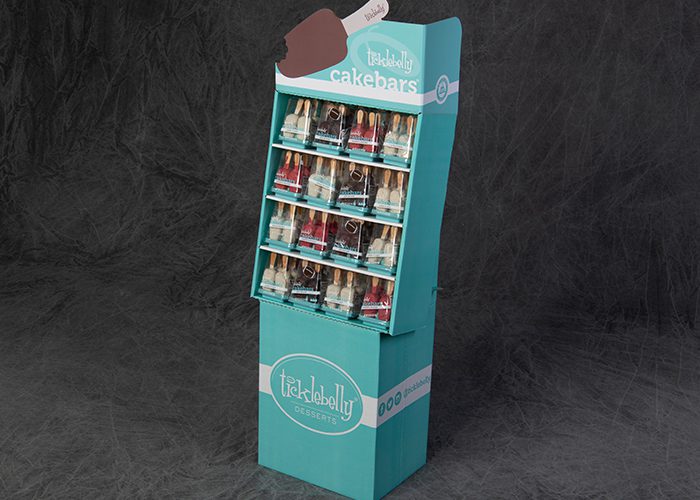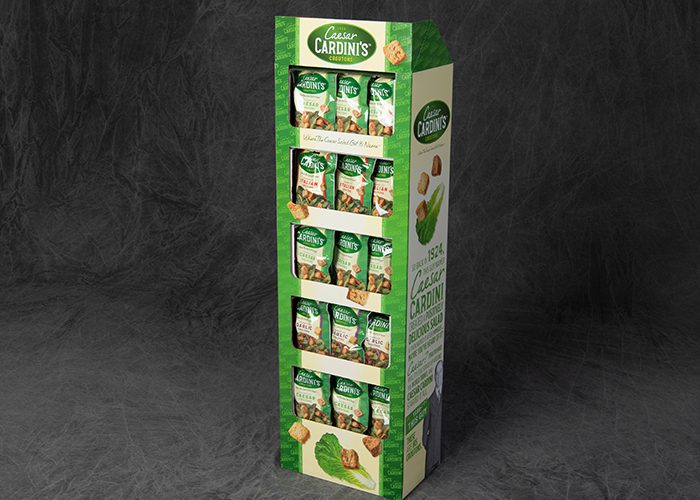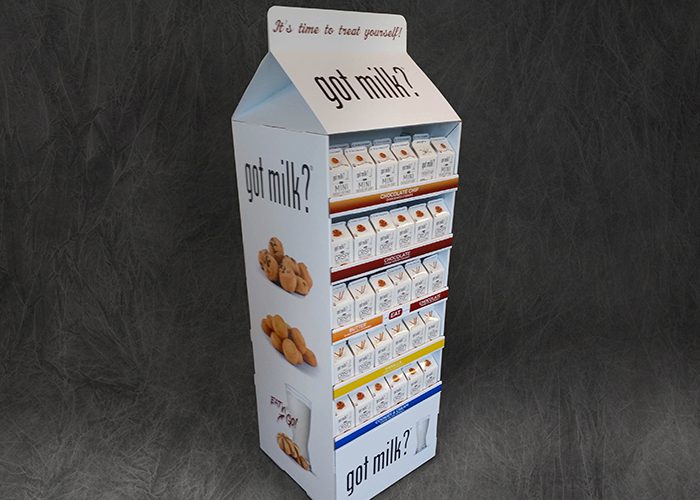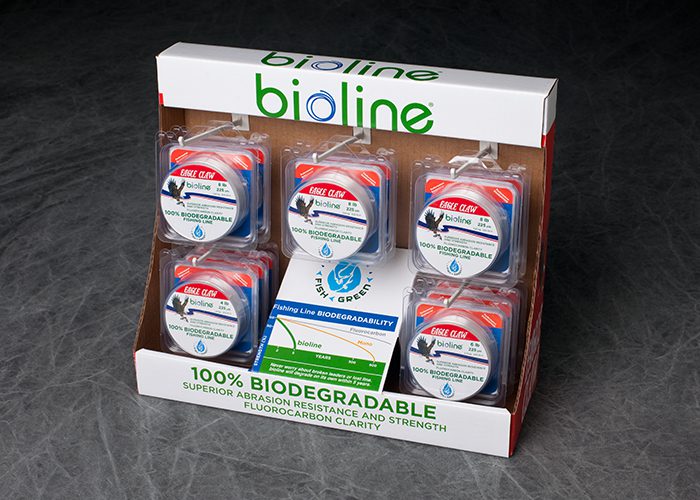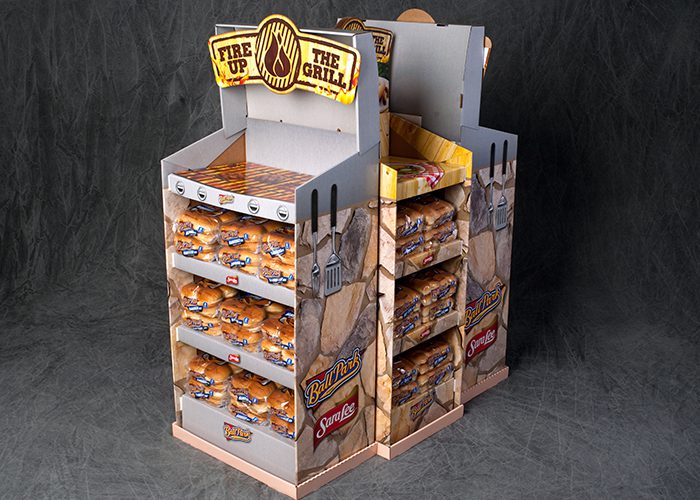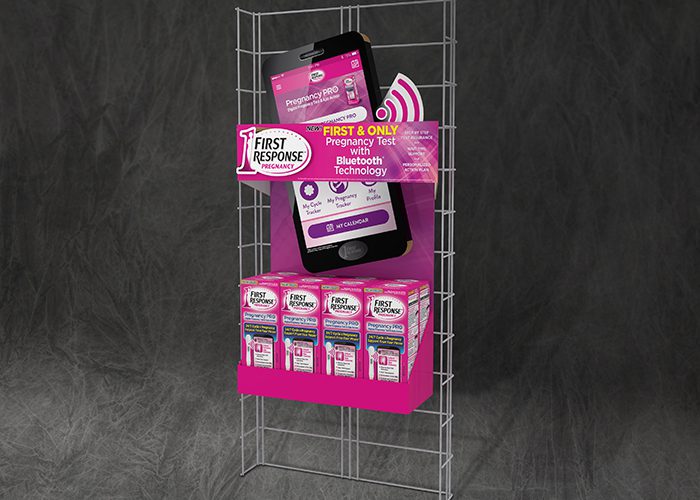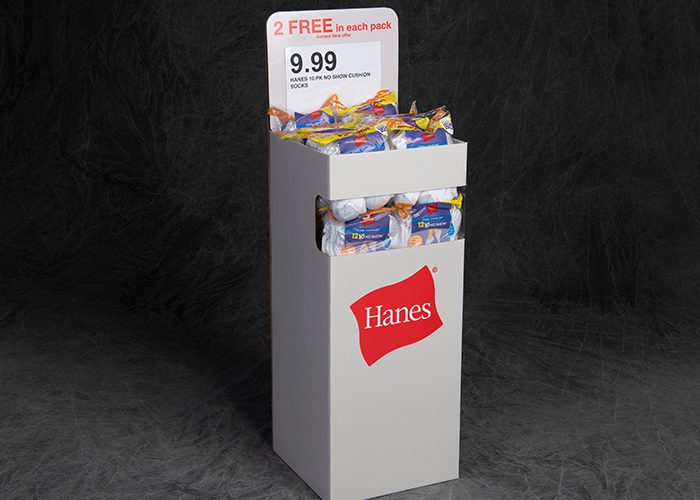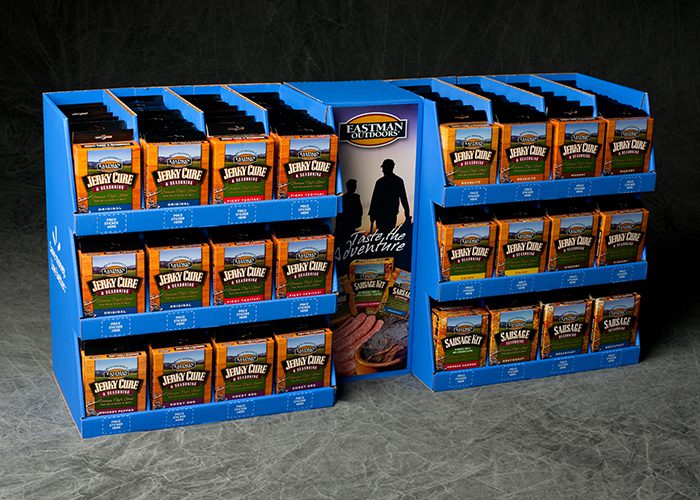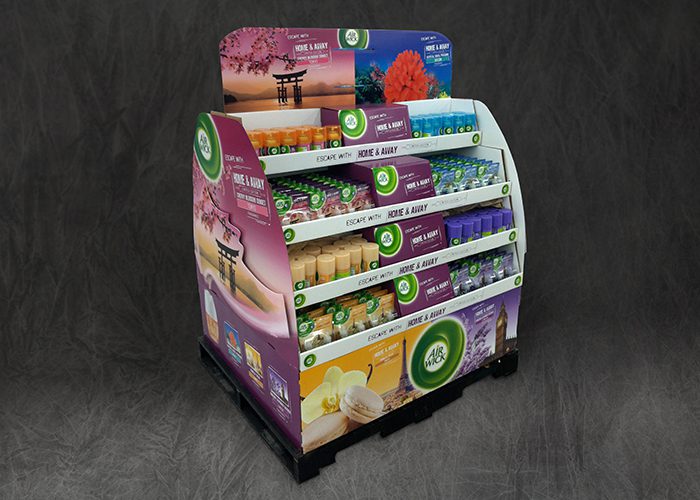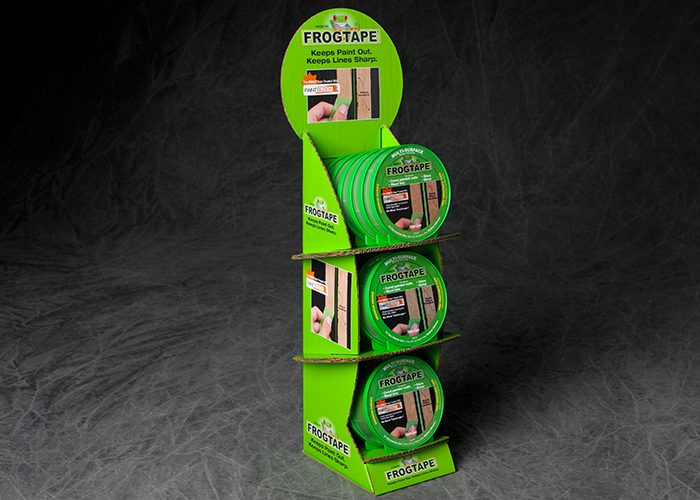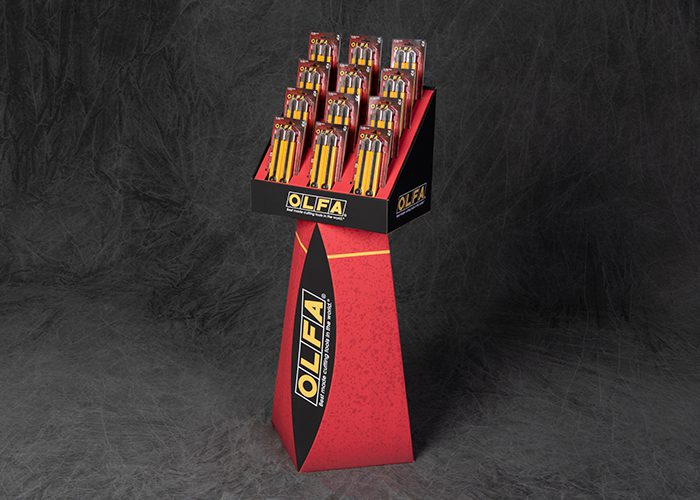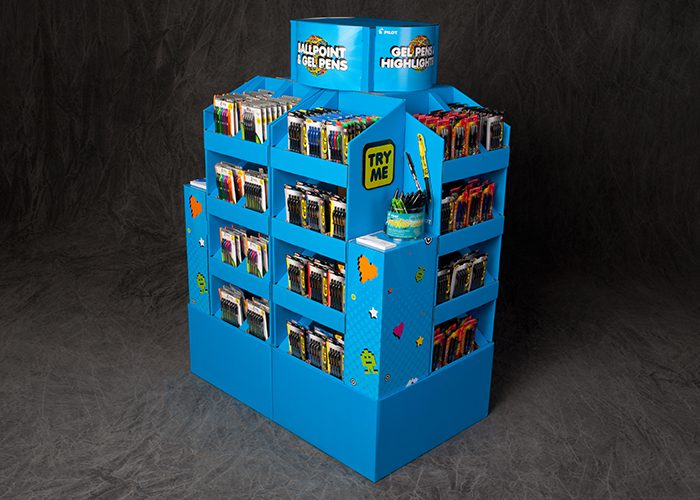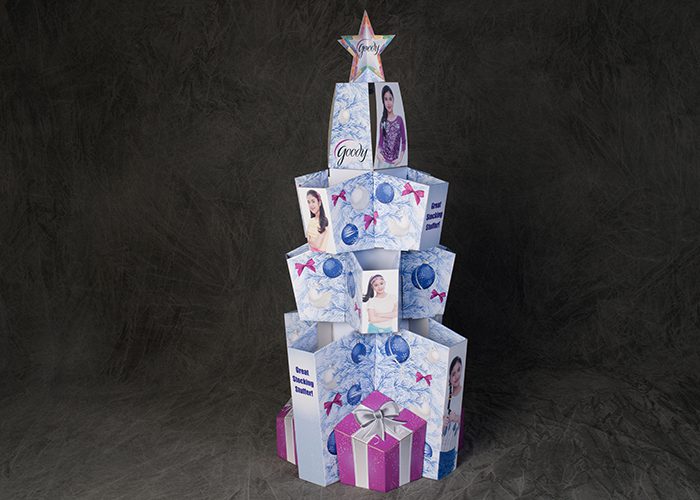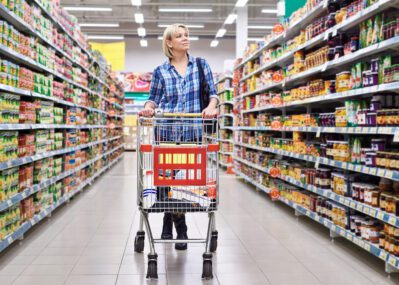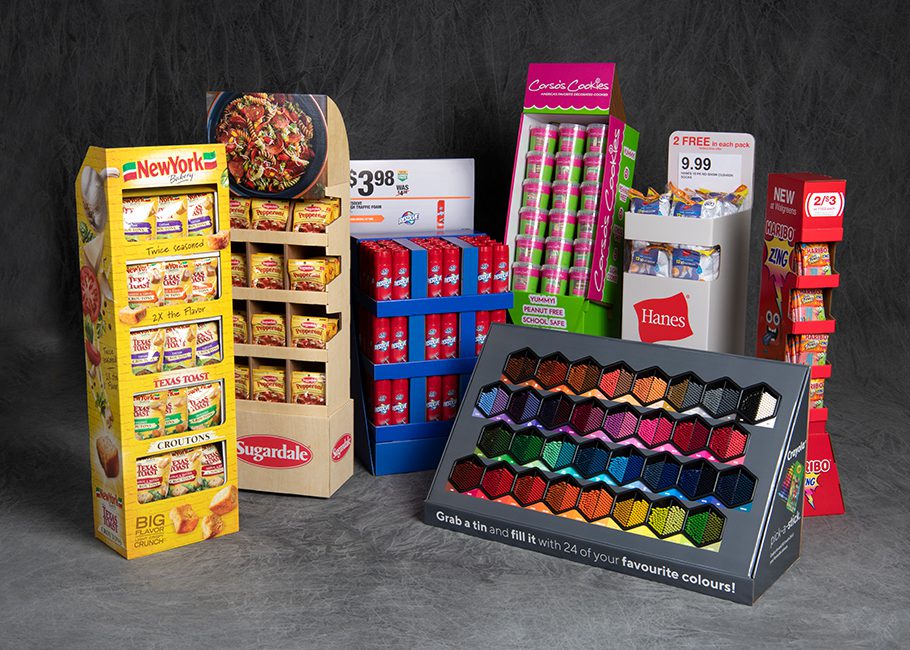
What did retailers learn in 2020? Shoppers are smart and adaptable, and they mean business.
While consumers are shopping online more than ever before, studies show that as things return to a post-pandemic normal, retail multi-channel sales are projected to grow by almost 19%. In-person shopping, however, is still an important part of the mix—46% of post-2020 shoppers prefer in-store retail experiences.
One habit that appears to have stuck from the pandemic is that in-store shoppers desire an excellent overall experience. From a retailer’s perspective, simplifying the shopper’s time in the store is an easy answer to meet this expectation. Making products easier to find with visual merchandising and smarter displays helps customers navigate the store and find what they need quickly.
“Displays can be constructed of many materials, including wood, metal, acrylic or corrugated,” says Carmine Bucalo, Packaging Corporation of America’s Director of Creative Services. “However, corrugated tends to be the most cost-effective and can also be used to ship product. This means less setup labor from the retailer side, and it is the most sustainable option of all displays.”
The Lucky 7: Retailers’ Most Relied-On Displays
There are seven primary types of corrugated retail displays, all easy to ship across the country. Here’s a quick look at the options—each designed and manufactured by PCA to meet retailers’ and brand marketers’ in-store strategies and budgets:
- End Cap—This is the most popular display, according to Bucalo. End caps are placed facing the main traffic flow to encourage buying and capitalize on higher visibility. “End caps really are a vehicle that draws a shopper to the aisle,” Bucalo says. “Major brands have proven through research that end caps increase sales down the aisle, whether it’s grocery or club stores. It’s an opportunity for a chain or local store to really curate and even customize to their locality or to drive national programs.”
- Freestanding/Floor Display—These stand-alone merchandising units typically are placed right on the floor in high-traffic areas. They can be permanent, seasonal or temporary; sometimes feature multiple sides; and deliver results when placed in secondary locations, like putting chocolate syrup near milk.
- Countertop—Often placed at consumer eye level, these displays promote impulse buying. They often consist of corrugated, metal, wire, acrylic and vacuum-formed materials and can be found in any retail environment.
- Pallet—These displays are easy to set up because they come as-is, with product shipped in the packaging. Retailers simply place them where they want to sell from. These displays ship on pallets, remain on them for display and are surrounded by graphic panels and structural elements, including product images, brand logos or other consumer-facing messages.
- Powerwing—Also called sidekick displays, these are designed to attach to the side of a store shelf and promote complementary items—like raisins next to oatmeal—to optimize floor space.
- Dump Bin—These freestanding floor models help merchandisers sell large quantities of loose or bulk products from grab-and-go hoppers. Snacks and drinks are prime candidates, as are back-to-school and holiday bulk buys, providing high visibility and opportunities for brand messaging.
- Inline—Also known as shelf displays, these are attached to aisle shelves between other products. They are a great way to stand out from competitors.
Flexibility for Sustainability
Today, sustainability in packaging includes the full display unit. Eco-friendly displays are in demand, and corrugated materials provide a recyclable solution. In addition, custom displays can be designed for reuse, with interchangeable pieces to update graphics for seasonal messaging or adjustable shelves to accommodate a changing product mix.
Connecting the Multi-Channel Experience
PCA is also extending the shopping experience through digital connections. Some examples include digital motion-activated experiences and using a QR code to connect shoppers to digital content that helps shoppers better understand the product or brand through an engaging mobile experience.
“The whole purpose of displays is to convince consumers to stop, engage and put the item in the basket,” Bucalo says. “We design displays to basically answer our customers’ most important question—how do we sell more?”
Get retail-ready for all seasons with our in-store displays and packaging, or fill out our inquiry form for more information.
